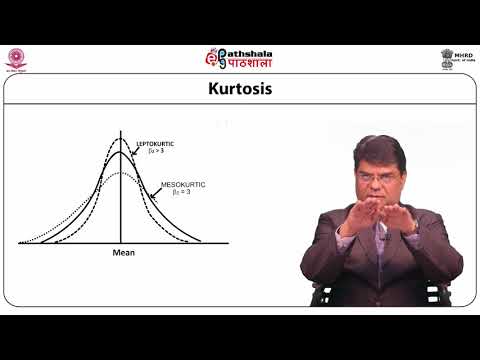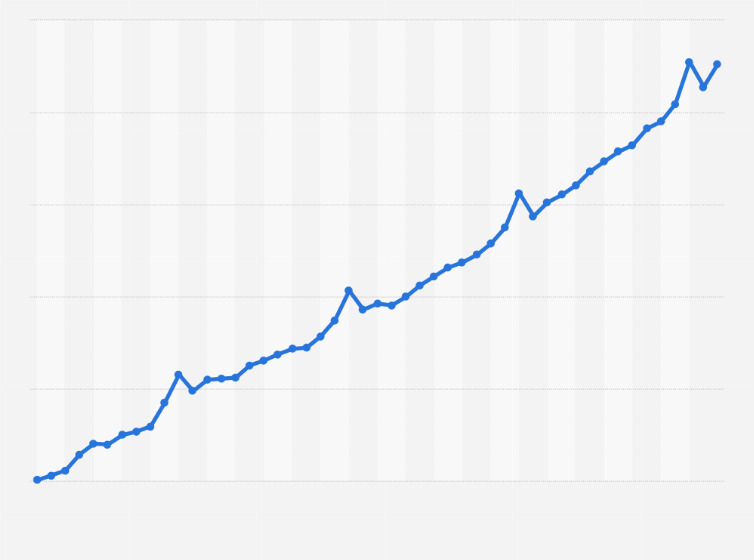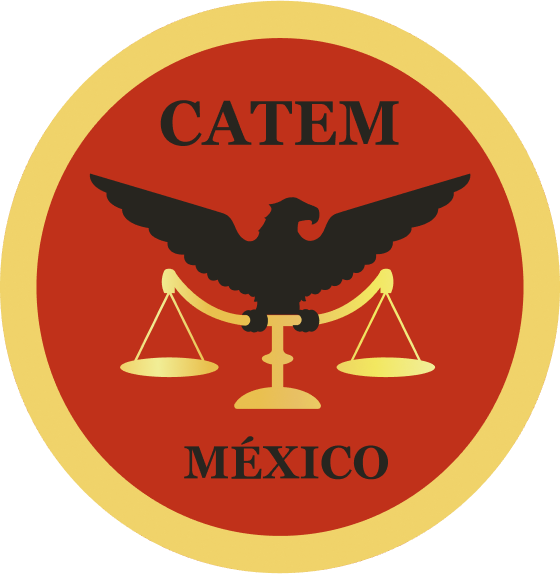Why is Accumulated Depreciation a Credit Balance
Content

Put another way, accumulated depreciation is the total amount of an asset’s cost that has been allocated as depreciation expense since the asset was put into use. As an asset drops in value over time, this is marked as depreciation for accounting purposes. Accumulated depreciation refers to cumulative asset depreciation up to a single point during its lifespan. In order to utilize the cost segregation method, a third party consultant is typically hired to perform a cost segregation study, which is used to justify the property’s accelerated depreciation schedule.
In the general ledger, Company A will record the depreciation amount for the current year as a debit to a Depreciation expense account and a credit to an Accumulated Depreciation contra-asset account. At the end of the year, Company A uses the straight-line method to calculate the depreciation for the van, arriving at an annual expense of $2,000 ($20,000 purchase price / 10 years of useful life). For example, the debt-to-equity ratio can be affected if Accumulated Depreciation is high and the net book value of the fixed assets is low. This can make the company appear to be more heavily leveraged than it actually is. Additionally, the return on assets ratio can be affected by the level of Accumulated Depreciation.
Also, fixed assets are recorded on the balance sheet, and since accumulated depreciation affects a fixed asset’s value, it, too, is recorded on the balance sheet. The gain on the sale of a property is calculated as the sale price less the asset’s cost basis. So, when depreciation has decreased the cost basis, it opens the investor up to having to pay capital gains tax upon the sale of the property.
Characteristics Of Accumulated Depreciation:
As we’ve touched on above, the accumulated depreciation account is called a long-term contra asset account. To record depreciation using this method, debit the depreciation expense and credit the accumulated depreciation value. The accumulated depreciation account is an asset account with a credit balance (also known as a contra asset account). If this derecognition were not completed, a company would gradually build up a large amount of gross fixed asset cost and accumulated depreciation on its balance sheet. Unlike a normal asset account, a credit to a contra-asset account increases its value while a debit decreases its value. Accumulated depreciation is a credit balance because it is a contra-asset account that is used to offset the balance of an asset account.
- The units of production method also calculate depreciation expenses based on the depreciable amount.
- For example, if a company purchased a piece of equipment for $10,000 and depreciated it by $1,000 yearly for three years, the accumulated depreciation would be $3,000 ($1,000 x 3).
- Investors and analysts can determine how much of the total price of a fixed investment has been depreciated by looking at accumulated depreciation.
- In doing so, you will have a better understanding of the life-cycle of an asset, and how this appears on the balance sheet.
- For example, if a company purchased a piece of printing equipment for $100,000 and the accumulated depreciation is $35,000, then the net book value of the printing equipment is $65,000.
Although accumulated depreciation and accelerated depreciation sound similar in name, they refer to two different accounting concepts. In order to calculate the depreciation expense, which will reduce the PP&E’s carrying value each year, the useful life and salvage value assumptions are necessary. The formula for calculating the accumulated depreciation on a fixed asset (PP&E) is as follows.
Depreciation Expense and Accumulated Depreciation
In summary, Accumulated Depreciation is an important accounting concept that reflects the total amount of depreciation charged on a fixed asset over its useful life. It helps companies accurately report the value of their assets on their balance sheet and calculate their net book value. The calculation of Accumulated Depreciation depends on the method of depreciation used. The depreciation expense appears on the income statement like any other expense. The accumulated depreciation is a contra asset account; it is shown as a deduction from the cost of the related asset in the balance sheet. On most balance sheets, accumulated depreciation appears as a credit balance just under fixed assets.
The naming convention is just different depending on the nature of the asset. For tangible assets such as property or plant and equipment, it is referred to as depreciation. The total decrease in the value of an asset on the balance sheet over time is accumulated depreciation. The values of all assets of any type are put together on a balance sheet rather than each individual asset being recorded. It appears on the balance sheet as a reduction from the gross amount of fixed assets reported. Depreciation is expensed on the income statement for the current period as a non-cash item, meaning it’s an accounting entry to reflect the current accounting period’s value of the wear and tear of the asset.

The amount of depreciation charged on various assets is considered a business expense. Importantly, depreciation should not be confused with an asset’s market value. Any decrease in the market value of an asset cannot be regarded as depreciation. At the sale or retirement of an asset, the total accumulated depreciation that has to do with that asset is reversed thereby completely removing the record of the asset from the books of a company.
Accounting Adjustments/Changes in Estimate
There are two main differences between accumulated depreciation and depreciation expense. First, depreciation expense is reported on the income statement, while accumulated depreciation is reported on the balance sheet. The whole amount of depreciation expense that has been incurred thus far for the asset is kept in an account called accumulated depreciation. In other words, it represents a running sum of all depreciation costs that have been tallied over time. The reason for this is that it represents the amount of value that has been used up from the original purchase price of the asset. Understanding and accounting for accumulated depreciation is an essential part of accounting.

Investors need to monitor their financial statements and understand what their tax liability will be if they choose to sell a property that has been depreciated. The easiest and fastest way to calculate the amount of depreciation is to use the straight line method. With it, a depreciation basis is calculated by subtracting the salvage value of the asset from the purchase price of the property. This represents that amount that can be depreciated over the property’s useful life. This amount is divided by the estimated number of years in its useful life to arrive at the amount of depreciation expense that is to be taken on an annual basis.
Depreciation and Accumulated Depreciation Example
Then, the company doubles the depreciation rate, keeps this rate the same across all years the asset is depreciated, and continues to accumulate depreciation until the salvage value is reached. The percentage can simply be calculated as twice of 100% divided by the number of years of useful life. Net carrying amount is an important financial metric as it reflects accumulated depreciation on balance sheet the asset’s current value and is used to determine the overall financial health of a company. By deducting the accumulated depreciation and impairment costs from the asset’s initial purchase price, one can determine an investment’s net carrying amount. This means that the balance of the account is the opposite of what is reported on the balance sheet.
Keeping track of depreciation is an important responsibility for all businesses, large or small. Depreciation expense reflects how much of an asset is used up in a given year, while accumulated depreciation is a measure of the total wear on the asset while it has been owned by the business. One can choose not to use MACRS for depreciated assets if one uses a method other than straight-line depreciation over a set number of years. The adjusting entry for a depreciation expense involves debiting depreciation expense and crediting accumulated depreciation. Depreciation expense on the other hand brings about a reduction in net income when the cost of the asset is written on the income statement since it accounts for declines that take place in the value of assets over time. Financial analysts use accumulated depreciation to calculate the net book value of an asset which is the value of an asset carried on the balance sheet.
- In summary, Accumulated Depreciation affects financial statements by reducing the net book value of the asset on the balance sheet, reducing net income on the income statement, and impacting various financial ratios.
- A liability is a future financial obligation (i.e. debt) that the company has to pay.
- Accumulated depreciation is the total amount an asset has been depreciated up until a single point.
- Calculating accumulated depreciation is a simple matter of running the depreciation calculation for a fixed asset from its acquisition date to the current date.
- Company A estimates that the vehicle’s useful life is 10 years with no residual value.
Because of this, the statement of cash flows prepared under the indirect method adds the depreciation expense back to calculate cash flow from operations. The methods used to calculate depreciation include straight line, declining balance, sum-of-the-years’ digits, and units of production. Accumulated depreciation is the total amount of depreciation of a company’s assets, while depreciation expense is the amount that has been depreciated for a single period. Depreciation is an accounting entry that represents the reduction of an asset’s cost over its useful life.
Financial analysts will create a depreciation schedule when performing financial modeling to track the total depreciation over an asset’s life. Subsequent years’ expenses will change based on the changing current book value. For example, in the second year, current book value would be $50,000 – $10,000, or $40,000. Accumulated depreciation totals depreciation expense since the asset has been in use. If an asset is sold or reaches the end of its useful life, the total amount of depreciation that has accumulated in the contra-asset over time is reversed. Thus, the accumulated depreciation is $835,000 as a result of adding the aggregates of depreciation till the start of the period and during the period and then subtracting the depreciation of assets disposed of from the sum.
It is considered a contra asset account because it contains a negative balance that intended to offset the asset account with which it is paired, resulting in a net book value. Because the depreciation process is heavily rooted with estimates, it’s common for companies to need to revise their guess on the useful life of an asset’s life or the salvage value at the end of the asset’s life. This change is reflected as a change in accounting estimate, not a change in accounting principle. For example, say a company was depreciating a $10,000 asset over its five year useful life with no salvage value. Using the straight-line method, accumulated depreciation of $2,000 is recognized. Under the double-declining balance (also called accelerated depreciation), a company calculates what it’s depreciation would be under the straight-line method.
An asset account typically has a debit balance because it represents something the company owns and has value. The accumulated amount of depreciation is recorded in the balance sheet as an account called «Accumulated Depreciation». An account that is used to lower the value of an asset account is known as a contra-asset account. In this instance, accumulated depreciation lowers the long-term asset’s book value.
This value is what the asset is worth at the end of its useful life and what it could be sold for when the company has finished with it. Long-term assets are used over several years, so the cost is spread out over those years. Short-term assets are put on your business balance sheet, but they aren’t depreciated. Accumulated depreciation is a real account (a general ledger account that is not listed on the income statement). The balance rolls year-over-year, while nominal accounts like depreciation expense are closed out at year end.
Is Accumulated Depreciation an Asset or Liability?
The net book value is calculated by subtracting the accumulated depreciation from the cost of an asset. While the depreciation expense is the amount recognized each period, the accumulated depreciation is the sum of all depreciation to date since purchase. If a company decides to purchase a fixed asset (PP&E), the total cash expenditure is incurred in once instance in the current period. The amount of accumulated depreciation for an asset will increase over time, as depreciation continues to be charged against the asset. The original cost of the asset is known as its gross cost, while the original cost of the asset less the amount of accumulated depreciation and any impairment charges is known as its net cost or carrying amount.



Leave a comment